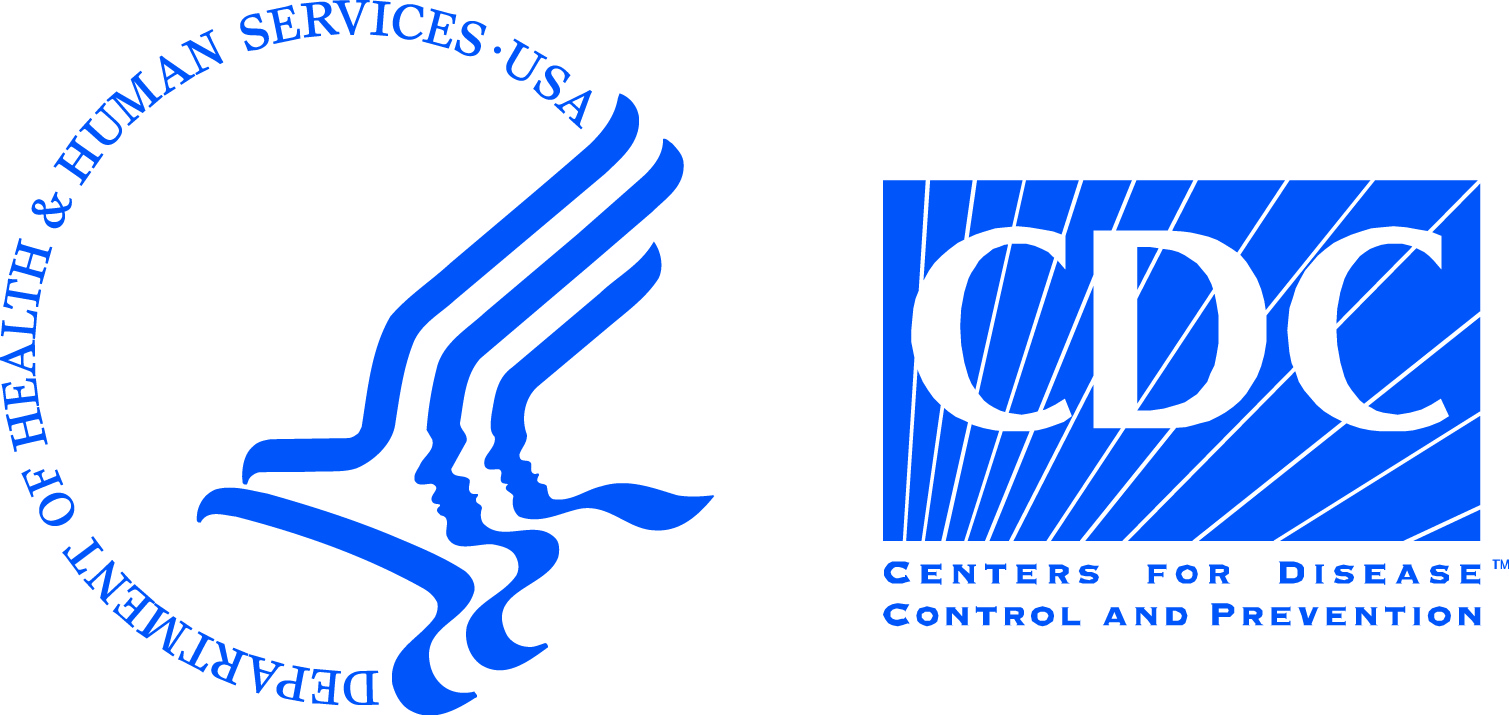Information for Healthcare Workers Returning from Countries with Widespread Ebola Transmission or Treating Patients with Ebola in the United States
Att4b Info for HCWs Treating Ebola Patients.docx
Ebola Virus Disease in the United States:CDC Support for Case and Contact Investigation
Information for Healthcare Workers Returning from Countries with Widespread Ebola Transmission or Treating Patients with Ebola in the United States
OMB: 0920-1045

I nformation
for Healthcare Workers Returning from Countries with Widespread Ebola
Transmission or Treating Patients with Ebola in the United States
nformation
for Healthcare Workers Returning from Countries with Widespread Ebola
Transmission or Treating Patients with Ebola in the United States
Ebola is a rare and severe viral illness that can cause fever, vomiting, diarrhea, abdominal pain, muscle pain, headache, rash, and bleeding. Ebola is spread through direct contact with the blood or body fluids (e.g., vomit, sweat, urine, or diarrhea) of a person with Ebola. Persons who do not have symptoms cannot spread the disease. A person who is infected may not show symptoms for up to 21 days, but the usual time for symptoms to start is 8-10 days after a person is infected.
The Centers for Disease Control and Prevention (CDC) and the XXXX Health Department have guidance for protecting healthcare workers from Ebola infection (http://www.cdc.gov/vhf/ebola/hcp/index.html). However, healthcare workers who have contact with symptomatic Ebola patients may still be at risk for Ebola. The earlier that symptoms are identified, the sooner someone can get appropriate care, and the easier it is to stop the spread of Ebola. This is the reason that CDC and XXXX Health Department recommend that healthcare workers who had direct contact with Ebola patients while they had symptoms be monitored for Ebola (see Form 6, fever and symptom log). This monitoring will take place for 21 days from your last contact with an Ebola patient while they had symptoms.
The type of monitoring that is recommended depends on your level of risk. Staff from the XXX Health Department will determine your risk level (“high” risk, “some” risk or “low (but not zero)” risk) after talking with you. The risk level is based on your job duties, your use of personal protective equipment (PPE) while doing your job, and the country where you worked with Ebola patients. More information on risk categories can be found at: http://www.cdc.gov/vhf/ebola/exposure/risk-factors-when-evaluating-person-for-exposure.html.
There are two types of monitoring: active monitoring and direct active monitoring.
Active monitoring means that state or local public health staff or staff from the healthcare facility where you worked will contact you at least once daily to ask about symptoms of Ebola. This contact may be through telephone, email or video. Please take your temperature twice a day (around the same time in the morning and night). You will be asked to give your temperature reading and to indicate whether you had any of the symptoms listed.
Direct active monitoring means that state or local public health staff or staff from your healthcare facility will have in-person contact with you at least once a day while you are monitored for symptoms. A second follow-up may happen each day by telephone, email or video. Please take your temperature twice a day (around the same time in the morning and night). You will be asked to give your temperature reading and to indicate whether you had any of the symptoms listed.
If at any point during the monitoring period, you have fever or feel feverish or have any of the other symptoms listed, you should immediately contact the health department at XXX-XXX-XXXX. If you are under direct active monitoring, someone will call you before meeting you in-person each day to check to see if you have any symptoms.
| File Type | application/vnd.openxmlformats-officedocument.wordprocessingml.document |
| Author | Knust, Barbara (CDC/OID/NCEZID) |
| File Modified | 0000-00-00 |
| File Created | 2021-01-25 |
© 2026 OMB.report | Privacy Policy